Carrie Fisher, Mark Hamill and Harrison Ford reprise their roles in The Force Awakens (Photo by Kevin Winter/Getty Images)
18 December 2015 is going to be a day to remember. For Star Wars fans around the world, it will be the day when Star Wars Episode VII: The Force Awakens is released in cinemas around the world.
Already touted as the movie event of the year, Star Wars: The Force Awakens is part of an epic space opera film originally created by George Lucas. Directed by J. J. Abrams, the 7th installment in the episodic Star Wars film series will star John Boyega, Daisy Ridley, Adam Driver, Oscar Isaac, Andy Serkis, and the original cast members Harrison Ford, Carrie Fisher, Mark Hamill, Anthony Daniels, Peter Mayhew, and Kenny Baker.
Set approximately 30 years after the events of Return of the Jedi (1983), The Force Awakens promises to re-ignite the magic of the original trilogy and erase the memory of Episodes I, II and III. Indeed, we are all waiting with bated breath to see if Abrams delivers according to what we have seen thus far.
As a marketer, I am keen to uncover the secrets of winning brands. Join me now as we dive into what makes Star Wars: The Force Awakens a marketing success.
#1 Know the Brand DNA
J.J. Abrams did not just study the Star Wars universe created by George Lucas. He dived deeply into the heart and soul of the franchise.
In many of the media interviews for The Force Awakens, Abrams shared repeatedly how much of an impact Star Wars had on him both personally and professionally. At this year’s Comic-Con, Abrams revealed how he actually asked his mum to make a Jawa costume for his 13th Halloween, and how he had been a fan of Star Wars ever since he was a little kid.
Abrams love for the Star Wars franchise is so overwhelming that he had to curb his own fandom while producing the film. As Abrams himself puts it, “Everything has got to be essential to the characters in the film.”
#2 Balance Authenticity with Innovation
Do you recognise these characters? (source of image)
Knowing your brand isn’t enough. You need to stick to the original narrative while introducing new twists to the plot.
Star Wars fans around the world castigated George Lucas when he messed up with Episodes I-III. Knowing how vociferous and unforgiving fans can be, Abrams has to strike the right balance between the old and the new. While paying tribute to the original trilogy, he has also introduced a fresh direction to bring the space opera forward.
One way in which Abrams has done so was to go back to using practical effects, creature costumes and makeup. Beyond that, he has also brought creator George Lucas back as creative consultant (while retaining executive control on the direction) and hired movie music maestro John Williams to compose the score.
#3 More Story = Less Technology
Special effects can kill the soul of a story. We have seen this happen in many recent big budget movie productions where slick Computer Generated Imagery (CGI) runs rough shod over the plot, acting, and dramatisation.
A case in point were the Star Wars prequels which went overboard with action scenes. This resulted in inadequate screen time given to character and story development.
To avoid this, The Force Awakens uses real locations and scale models instead of CGI wherever possible. This makes it more aesthetically similar to the original Star Wars trilogy. Traditional special effects makes individual scenes more visually realistic while preventing action sequences from becoming too big too quickly.
#4 Engage Your Fan Communities
These Star Wars fans are truly hardcore (source of image)
To make the new Star Wars episode a success, Lucasfilm (now owned by Disney) places a huge premium on engaging Star Wars fans. The company organises a wide range of both online and offline activities to excite and enthrall their fan communities.
According to this New York Times article, Lucasfilm has a full-time head of fan relations. Staff actually respond to handwritten letters which come mainly from kids, and they make it a point to produce exclusive tidbits on six social networks daily.
When it comes to monitoring and responding to fans, Lucasfilm is in a league of its own. Its head of fan relations Mary Franklin and a dozen other staff members reply fan email, Twitter posts and Facebook messages all day long. They also know who their most ardent advocates are, and have even given some of them their personal contact information.
To excite their fans further, the company organises a biennial gathering called the “Star Wars” Celebration. Happening each year, the mega event is expected to draw over 45,000 amateur Jedis, Wookiees and Stormtroopers over four days.
#5 Learn from Past Mistakes
Mesa wants you to shut up (image source)
As any bleeding heart Star Wars fan would tell you, George Lucas screwed up big time with Episodes I, II and III. Apart from the hugely irritating Jar Jar Binks and the casting of the wooden Hayden Christiansen as Anakin Skywalker (aka the supremely evil Darth Vader), the prequels also made the Jedis appear like bumbling fools.
That’s not all. Many felt that the overdose of CGI resulted in the prequels lacking a realistic and gritty feel. A case in point was the final battle in Revenge of the Sith between Anakin Skywalker and Obi Wan Kenobi on the volcanic planet Mustafar. Throughout the entire fighting sequence, the overwhelming use of special effects made it feel unreal.
Hopefully, Abrams has learned from the mistakes of his predecessors. By casting the original actors Mark Hamill, Harrison Ford, Carrie Fisher, Peter Mayhew (Chewbacca), Anthony Daniels (C3PO), and Kenny Baker (R2D2), he seeks to bring back the charm of the original trilogy.
Abrams has also given the movie a more realistic feel by using costumed characters and real-world environments (see the Comic Con reel below). This makes The Force Awakens a lot more real and tangible.
#6 Great Art Takes Time and Effort
Mark Hamill, Carrie Fisher and Harrison Ford a long time ago (courtesy of Altpress)
George Lucas first created Star Wars way back in the 1970s. From Star Wars: A New Hope back in 1977 all the way to The Force Awakens in December this year, a whopping 38 years has passed. The last movie in the prequels The Revenge of the Sith was released 10 years ago in 2005.
Beyond the life span of the Star Wars franchise, George Lucas himself reworked the story for Episodes VII, VIII and IX back in 2011 before the studio was sold to Disney. An entire “Who’s Who” of Hollywood directors including Matthew Vaughn, Steven Spielberg, Guillermo del Toro, Peter Jackson, Christopher Nolan, Ben Affleck, Joss Whedon, Brad Bird, Rian Johnson and James Cameron were also reviewed before J.J. Abrams was eventually selected.
It was also revealed that both the aging stars Carrie Fisher (Princess Leia) and Mark Hamill (Luke Skywalker) underwent a vigorous regimen of diet, exercise and stunt training to prepare for their roles as far back as 2012. I guess Harrison Ford (Han Solo) was in better shape given his more recent screen appearances compared to the other actors.
#7 Tease, Taunt and Tantalize
Beyond the above, Disney has also made a masterful move by being extremely secretive about the plot and characters appearing in The Force Awakens beyond the little snippets revealed in the teaser trailers and a recently screened “Making Of” footage of several strategically chosen behind-the-scenes video.
You can view them here in order of appearance.
The latest below is the recently released (19 October 2015) official trailer for The Force Awakens which set a new precedence in cinematic trailers. Check out New York Times’ glowing review of the trailer.
Unlike other blockbuster movies, Disney has chosen not to screen a full-length theatrical trailer this close to the screening date. This is an unusual strategy, especially given that the colossal Comic-Con event would have been an excellent platform to unveil more details of the plot.
My guess is that less is actually more. By keeping key elements of the plot and sequences secret, Disney actually helps to fuel the fervour and speculation amongst the fans, who have to scrounge for information in little bits and pieces. It is like the Da Vinci Code all over again!
#8 A Content Marketing Masterpiece
If you don’t already know, Star Wars is a massive undertaking in content marketing. The official Star Wars website is filled with all kinds of content. They include trailers and teasers, behind the scenes scoops, interviews with cast and crew members, comics, storybooks, fan art, photos, events, games and apps, and a whole lot more.
This approach was labelled by Scott Aughtmon as an example of Compound Content Marketing. According to Aughtmon, this “expanded content universe” of Star Wars included Marvel Comics’ Star Wars issues, radio adaptations, made-for-TV films and animation specials, numerous novels, and games.
With so much content out there, it is virtually impossible to miss this global movie phenomenon!
What other marketing strategies employed by Star Wars: The Force Awakens can you think of? I’d love to hear your thoughts!
Meanwhile, let us all wait with eager anticipation for Abrams’ masterpiece and may the force be with you!

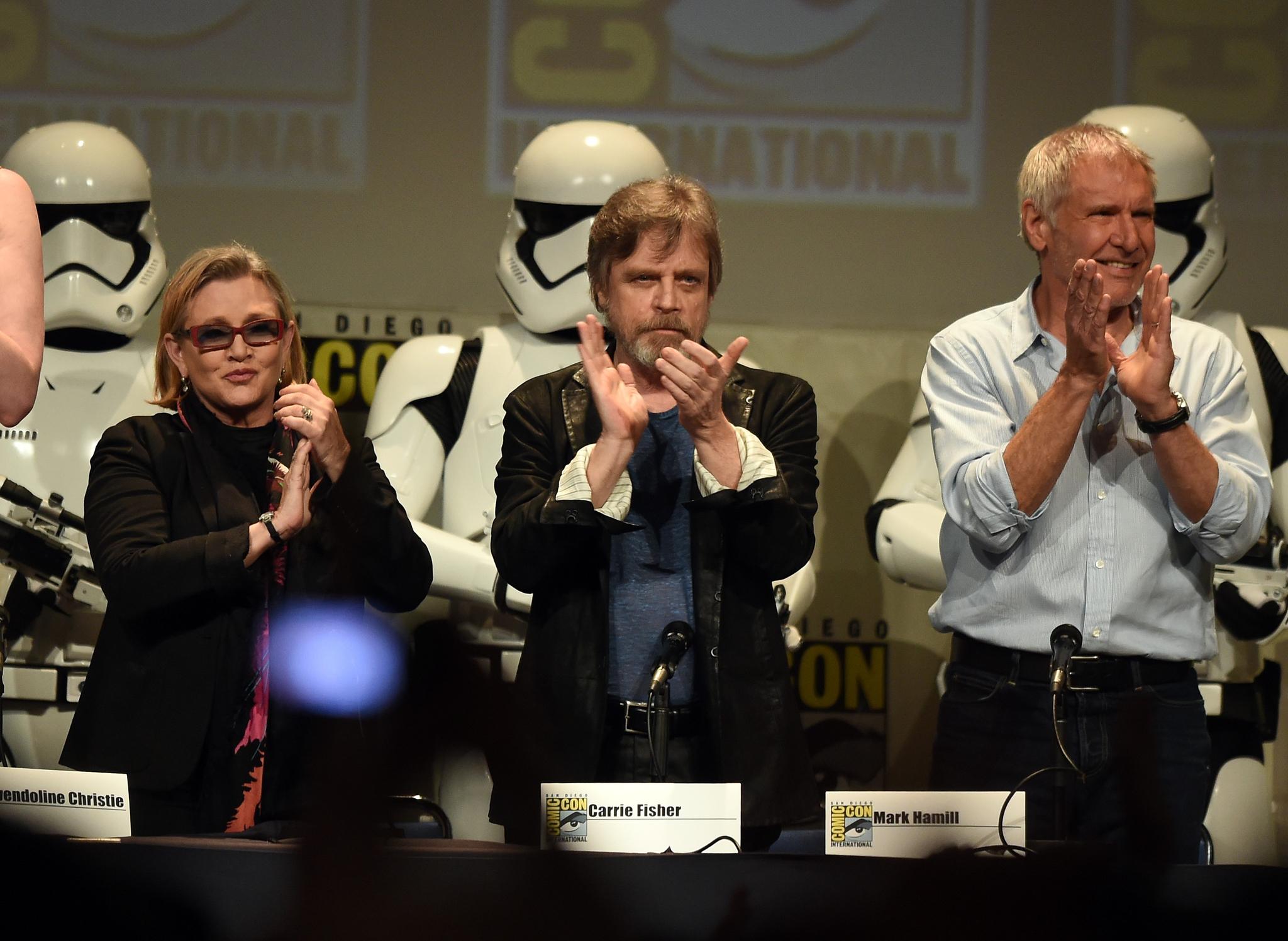
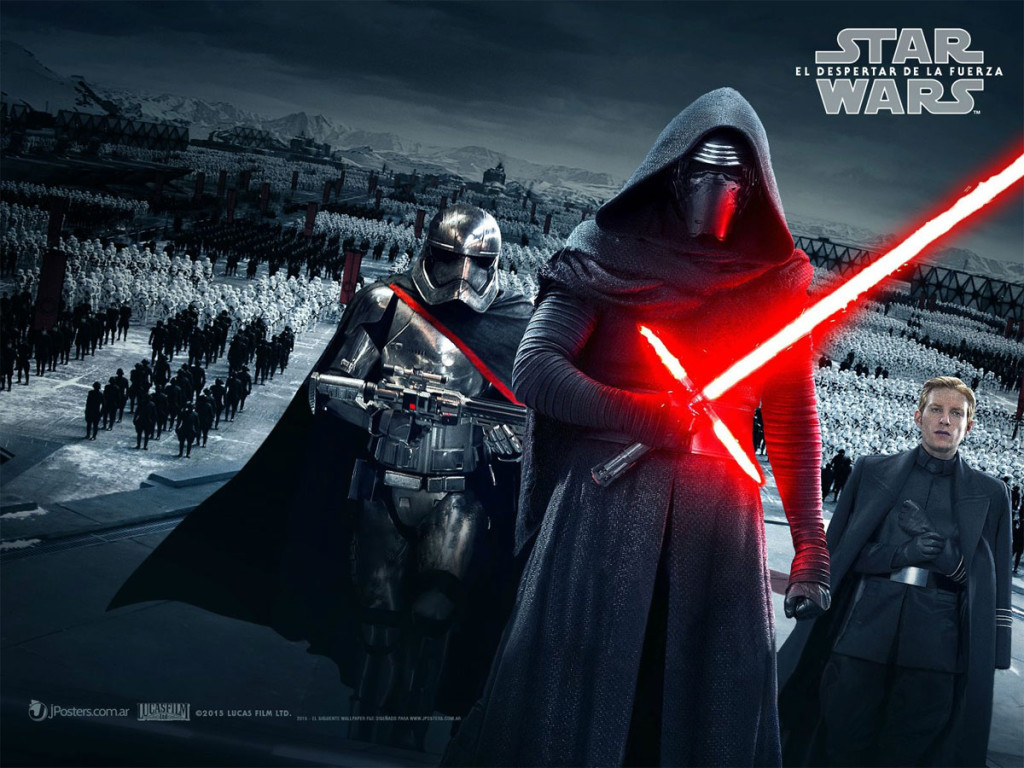
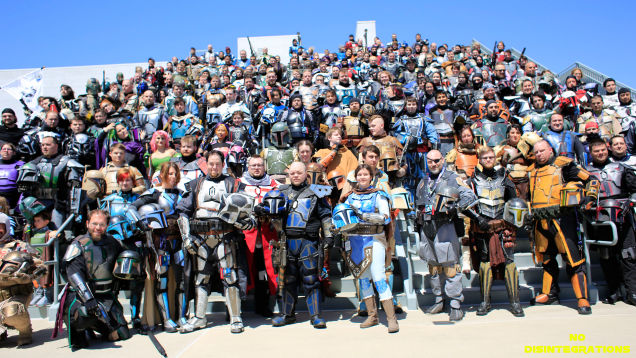
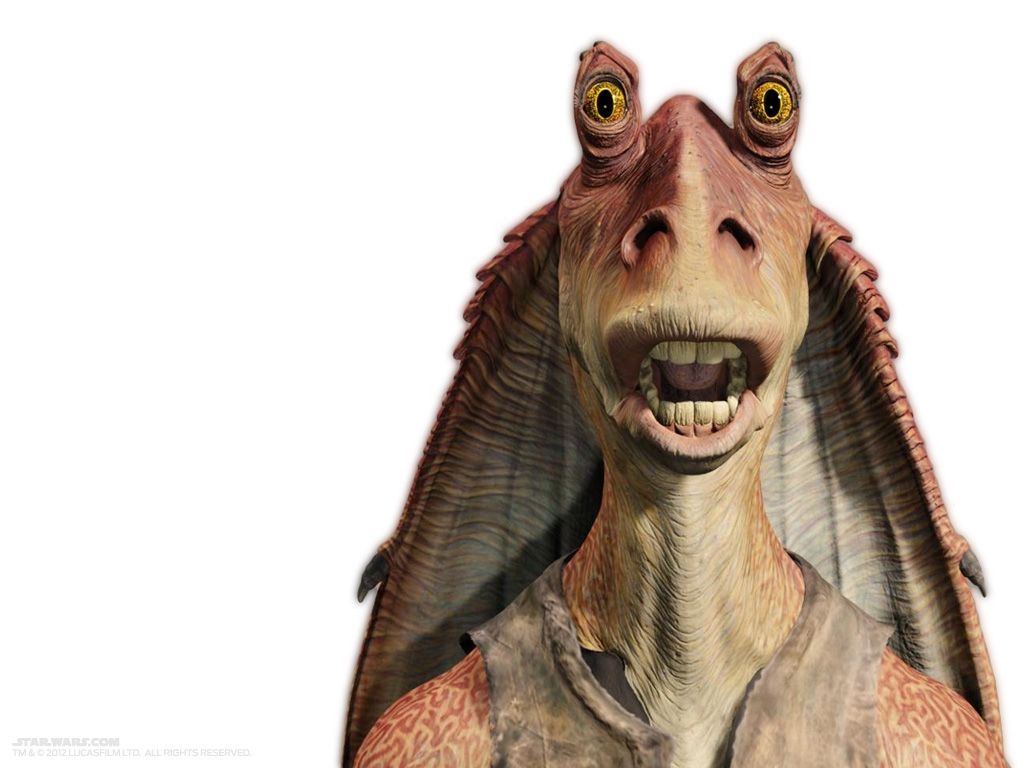
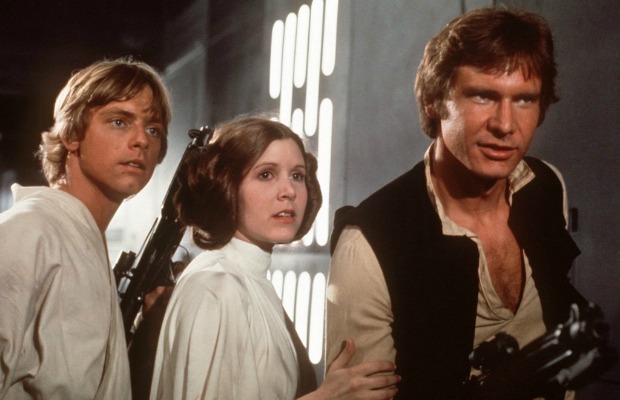
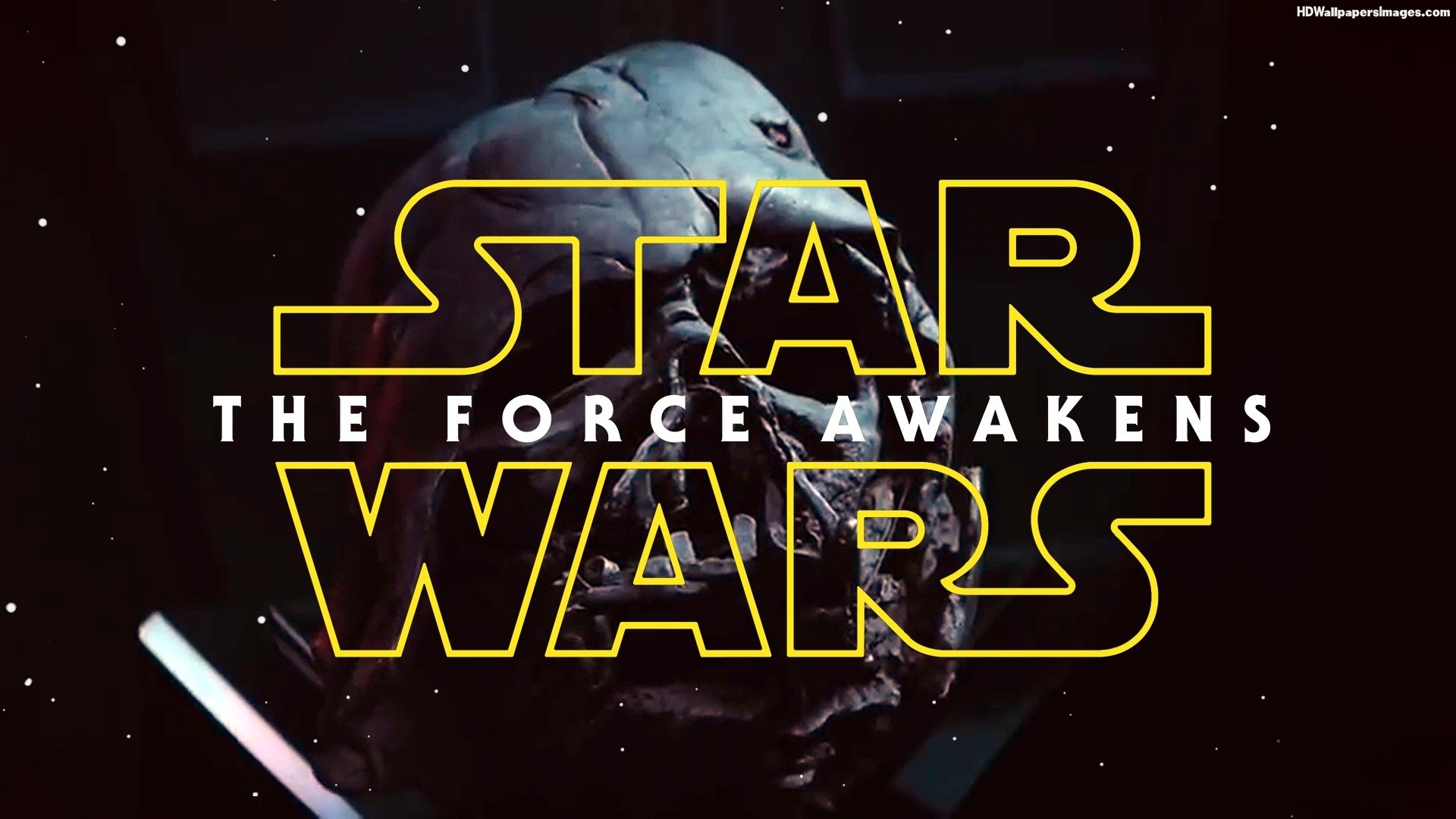
Thanks it was really helpful